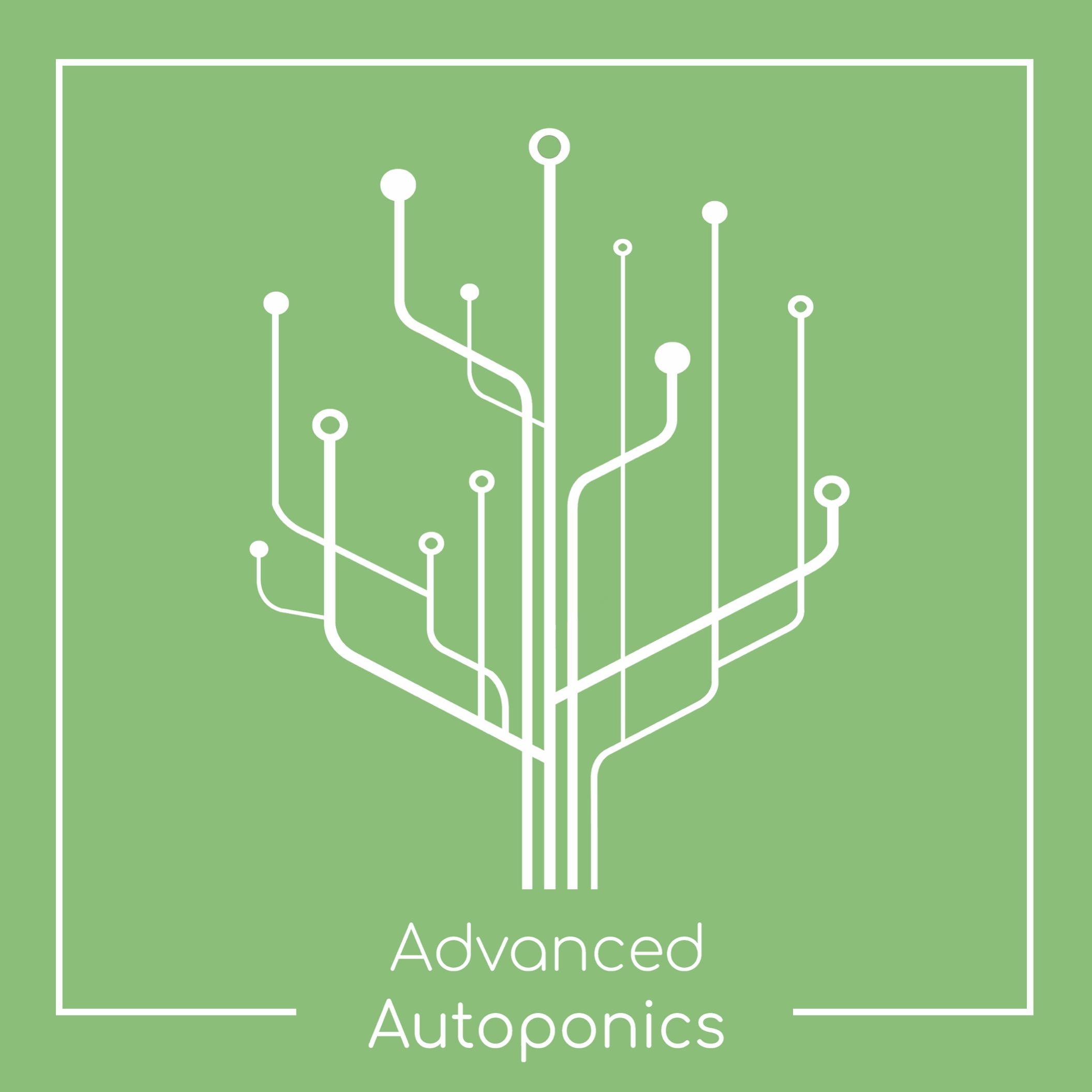Hydroponic and aquaponic gardening has gained popularity in recent years due to their efficient use of resources and ability to grow plants in a controlled environment. These systems have a lower environmental impact compared to traditional soil-based agriculture. However, one key component for the success of these systems is indoor grow lights.
Indoor grow lights are essential for hydroponic and aquaponic gardening because they provide the necessary light for plants to undergo photosynthesis. In these systems, plants are grown in water-based solutions without soil, so they rely entirely on artificial light for their growth. Without proper lighting, plants will not be able to grow and thrive.
The environmental impact of indoor grow lights is an important consideration when setting up a hydroponic or aquaponic system. Traditional grow lights, such as incandescent or fluorescent bulbs, consume a significant amount of energy and contribute to greenhouse gas emissions. In contrast, LED grow lights are more energy-efficient and have a lower environmental impact. They consume less electricity and have a longer lifespan, reducing the need for frequent replacements and decreasing the amount of e-waste generated.
By using LED grow lights in hydroponic and aquaponic systems, gardeners can minimize their carbon footprint and reduce their overall environmental impact. LED lights are more sustainable and eco-friendly compared to traditional grow lights, making them an ideal choice for indoor gardening. Additionally, LED grow lights emit less heat, reducing the need for additional cooling systems and further conserving energy.
In addition to their environmental benefits, LED grow lights also offer practical advantages for hydroponic and aquaponic gardening. These lights are customizable in terms of spectrum and intensity, allowing gardeners to tailor the lighting to the specific needs of their plants. Different types of plants require different light wavelengths for optimal growth, and LED grow lights can be adjusted accordingly.
Furthermore, LED grow lights produce little to no ultraviolet (UV) or infrared radiation, making them safer for both plants and humans. Traditional grow lights can generate excessive heat and UV radiation, which can damage plants and pose health risks to individuals working in indoor gardens. LED lights are cool to the touch and emit minimal UV radiation, creating a safer and more comfortable environment for plants and gardeners alike.
In conclusion, the environmental impact of hydroponic and aquaponic gardening can be minimized by using energy-efficient and sustainable LED grow lights. These lights not only reduce energy consumption and greenhouse gas emissions but also offer practical benefits for indoor gardening. By incorporating LED grow lights into their systems, gardeners can create a more eco-friendly and efficient growing environment for their plants.
For more information visit:
Advanced Autoponics
https://www.advancedautoponics.com/
Denver, United States
Our cutting-edge hydroponic technology empowers developers, designers, and architects to integrate greenery anywhere, transcending the limitations of soil. Our solution automatically establishes the ideal root environment for plants, fostering growth and sustainability while conserving water and space. Our advanced technology offers real-time monitoring and updates accessible from anywhere on the globe.

